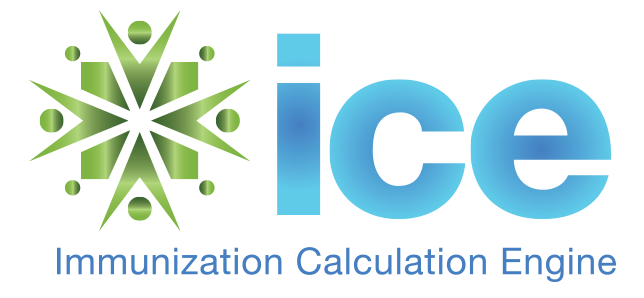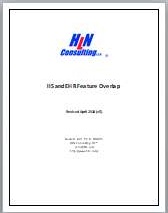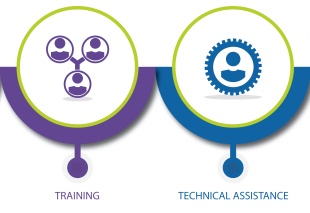HLN Blogs
Read our insights about what is going on in Health IT

HITAC USCDI Task Force Delivers its Recommendations
On April 18, 2018 the HHS Health Information Technology Advisory Committee (HITAC) US Core Data for Interoperability Task Force delivered its recommendations on the draft US Core Data for Interoperability (USCDI) and Proposed Expansion Process which had been published for public comment back in January 2018. HITAC promptly accepted the Task Force’s recommendations.
Read more >
HLN Adds Additional Support for Earliest/Overdue Date in Latest Release of Open Source Immunization Forecaster
A new release (v 1.12.1) of the Immunization Calculation Engine (ICE) is now available. ICE is a state-of-the-art open-source software system that provides clinical decision support (CDS) for immunizations for use in Immunization Information Systems (IIS), Electronic Health Record (EHR) and Personal Health Record (PHR) Systems.
Read more >
HLN Updates White Paper on IIS/EHR Feature Overlap
IIS and electronic health record (EHR) systems have always had unique features, as well as some overlapping features, and the deployment of EHRs has enhanced the local immunization capabilities of clinician practices. Several critical clinical features that are considered to be core functions of IIS are beginning to be supported by EHRs.
Read more >
HLN-authored White Paper published by NYeC: The Case for Payer Participation in Health Information Exchange
The New York eHealth Collaborative (NYeC) recently published a new white paper authored by Dr. Noam Arzt, President of HLN. Payers who participate in HIEs can experience greater oversight and can be better equipped to manage and coordinate patient care.
Read more >
HLN Participates in Stewards of Change Regional Symposium
On March 27-28, 2018, Dr. Noam Arzt, President of HLN, participated by invitation in the Stewards of Change National Interoperability Collaborative Symposium on Advancing Information Sharing in California and Beyond on behalf of the Healthcare Information and Management Systems Society (HIMSS).
Read more >
New Modalities for Technical Assistance Consulting
Technical assistance (TA) is provided by expert consultants to public health systems projects in order to improve their performance against functional standards or to help solve recurring or one-time problems or issues. Unlike other forms of training or support, TA is usually focused or tailored to a specific circumstance or situation.
Read more >